Maryville University has announced the fall schedule for Maryville Talks Movies. The series brings together students and the St. Louis community to watch and discuss significant films in a variety of genres. The goal is to expand participants’ understanding of contemporary events, history, ideas, and art. Although this is a for-credit course, the public is invited to attend the movie screenings and participate in the accompanying faculty-led discussions.
All films are shown in the University Auditorium, 6–10 p.m., unless otherwise noted.
This series is free and open to the public.
Maryville Talks Movies
Fall/Winter 2016
Sept. 1
This evening provides an introduction to film literacy and the aims of the course.
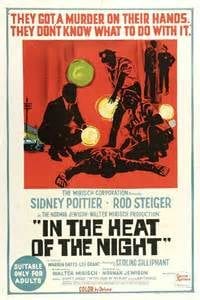 Sept. 8
Sept. 8
In the Heat of the Night (1967)
Director: Norman Jewison
Faculty: Mark Lombardi, PhD, and
Germaine Murray, PhD
In the Heat of the Night is a hallmark film, a whodunit detective story, and a thriller that takes on the issue of race and prejudice unabashedly in the racially charged era of the 1960s. In the Heat of the Night, starring Sidney Poitier, was nominated for seven Academy Awards and received five Oscars. Quincy Jones composed the memorable musical score.
 Sept. 15
Sept. 15
Dreams (1990)
Director: Akira Kurosawa
Faculty: Dana Levin
Regarded as one of the most important and influential filmmakers in the history of cinema, Japan’s Akira Kurosawa (1910-1998) released Dreams in 1990. The film is based on dreams Kurosawa actually had, and was made with assistance from George Lucas, Francis Ford Coppola, and Steven Spielberg. Moving through magic and apocalyptic realms, Dreams offers entry into the psychic landscape of a cinematic great.
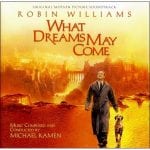 Sept. 29
Sept. 29
What Dreams May Come (1998)
Director: Vincent Ward
Faculty: Peter Green, PhD
Based on the book by Richard Matheson, What Dreams May Come is a story about heaven, the after-life, and the meaning and purpose of human suffering. The movie, which earned the Academy Award for special effects, is shot on Fuji Velvia film. Director Vincent Ward used that film to depict the vivid painterly visions in the main character’s mind, Chris Nielsen, played by Robin Williams.
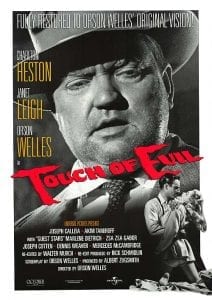 Oct. 6
Oct. 6
Touch of Evil (1958)
Director: Orson Welles
Faculty: Jessica Bowers, PhD
Considered one of the great examples of film noir, Touch of Evil was a box office failure in the U.S. However, it earned rave reviews in Europe and won Best Picture at the Brussels Film Festival. It’s now considered one of the most innovative and creative films ever made. The film’s challenging themes include racism, betrayal, drug abuse, sexual abuse, and police corruption.
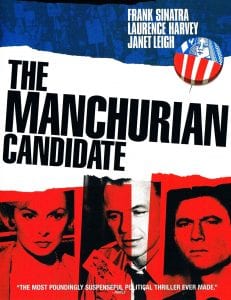 Oct. 20
Oct. 20
The Manchurian Candidate (1962)
Director: John Frankenheimer
Faculty: Geri Brandt
The Manchurian Candidate suggests a surrealistic plot centered on the brainwashing of a Korean War hero who was captured by the Chinese communist and hypnotized to be an unwitting participant in a post-Cold War struggle between the two countries. Upon his return to the U.S., the psychological trigger is purposefully placed before him, with hope the assassination of a presidential nominee will come to fruition.
(NOTE: This film will be shown in Walker Hall #105)
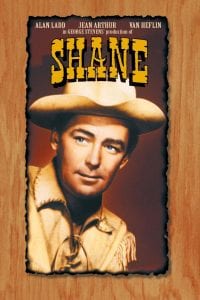 Oct. 27
Oct. 27
Shane (1954)
Director: George Stevens
Faculty: John Wickersham, PhD
Shane is one of the great American movies, and arguably among the best Westerns. The Grand Teton Range is the setting for much of the dramatic action. The story takes place amidst the turbulence of the Homestead Act. The Johnson County War of 1892, a conflict between the ranchers and homesteaders, illustrated the worst aspects of this land use controversy, and provides the movie’s back story.
 Nov. 3
Nov. 3
Macbeth (1948)
Director: Orson Welles
Faculty: Art Santirojprapai, PhD
Shakespeare’s brooding tale of weird witches and bloody regicide has always sparked the imagination of readers and theatergoers. This is especially true with Orson Welles’ 1948 film, Macbeth. Welles, who took artistic license with the narrative, brought his trademark style of theatrically conscious filmmaking: expressionistic set design that is both haunting and moody, coupled with meticulous camerawork and deeply stylized editing.
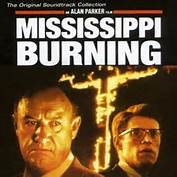 Nov. 8
Nov. 8
Mississippi Burning (1988)
* Note: 7 pm start time
Director: Alan Parker
Faculty: Jesse Kavadlo, PhD, Linda Pitelka, PhD, and Germaine Murray, PhD
Sponsored by the Center for Teaching and Learning and Maryville Talks Movies
By no means should Mississippi Burning be taken as an historical depiction of the famous civil war case in which three civil rights workers were killed by the KKK. However, Alan Parker does create the atmosphere and violence of the time and the place: 1964, Philadelphia, Miss. Chris Geralmo’s screenplay used dialogue from the FBI investigation and many incidents of violence in the film by white southerners and FBI agents are allegedly inspired by real incidents. The film won four Academy Awards, including one for Best Picture.
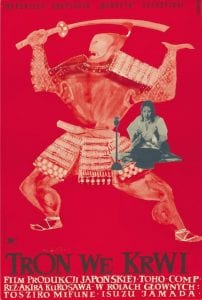 Nov. 10
Nov. 10
Throne of Blood (1957)
Director: Akira Kurosawa
Faculty: Linda Pitelka, PhD
Akira Kurosawa’s 1957 film, Throne of Blood, sets Shakespeare’s Macbeth in the world of the samurai in sixteenth-century Japan, yet captures the spirit of the original play. A remarkable film that is both beautiful and terrifying, Throne of Blood shows Kurosawa’s mastery of atmosphere, action, and the savagery of war. This film is “possibly the finest Shakespearean adaptation ever committed to the screen,” according to The Guardian.
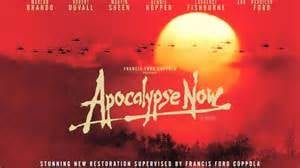 Nov. 17
Nov. 17
Apocalypse Now (1979)
Director: Francis Ford Coppola
Faculty: John Marino, PhD, and Kent Bausman, PhD
Released in 1979, Apocalypse Now is an epic war film known for its production and artistic brilliance. The film garnered eight Academy Award nominations and is listed by The American Film Institute as one of the greatest films ever made. Inspired by Joseph Conrad’s novella, Heart of Darkness, the film tells the story of the quagmire that became the Vietnam War.
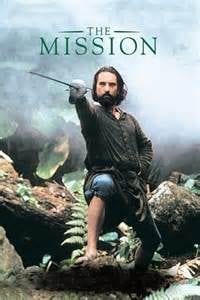 Dec. 1
Dec. 1
The Mission (1986)
Director: Roland Joffe
Faculty: Scott Angus
The Mission is set in eighteenth-century South America, when Jesuit missions are threatened by political developments and violence. The Mission won the Best Film Award at the 1986 Cannes Film Festival, and Chris Menges won the Academy Award for best cinematography. The movie is a powerful example of how music, costume design, cinematography, and direction work together to illustrate a complicated narrative.
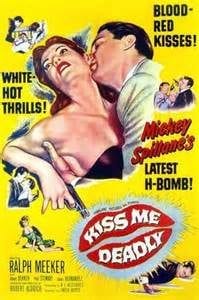 Dec. 8
Dec. 8
Kiss Me Deadly (1955)
Director: Robert Aldrich
Faculty: Jason Telford, PhD
Based on Mickey Spillane’s book of the same name, Kiss Me Deadly is director Robert Aldrich’s 1955 film noir masterwork and commentary on Cold War paranoia. The cinematography is classic German neo-expressionism in black and white. Kiss Me Deadly juxtaposes gritty dime-store noir with villains who quote Shakespeare. When Hammer, a private detective, picks up a hitchhiker, he sets off a string events that climax in an apocalyptic ending.
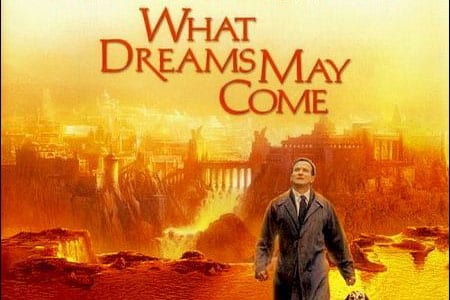 MaryvilleMovies.H
MaryvilleMovies.H